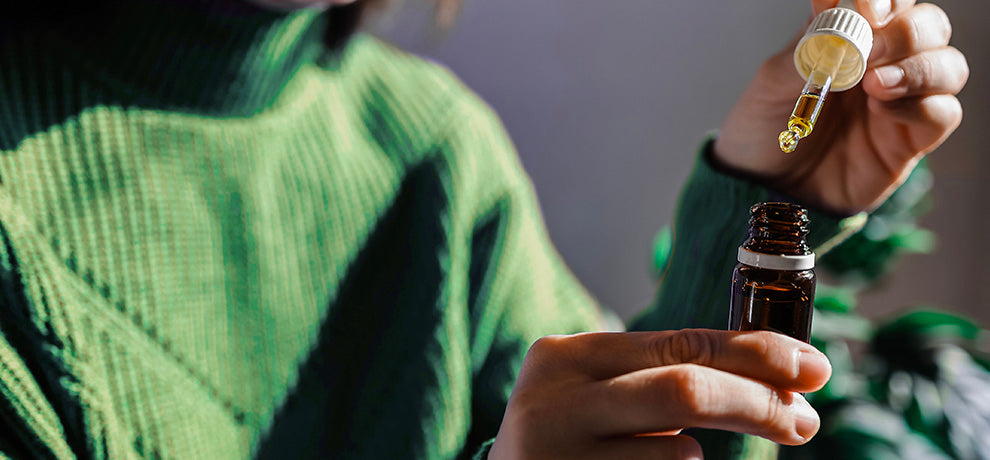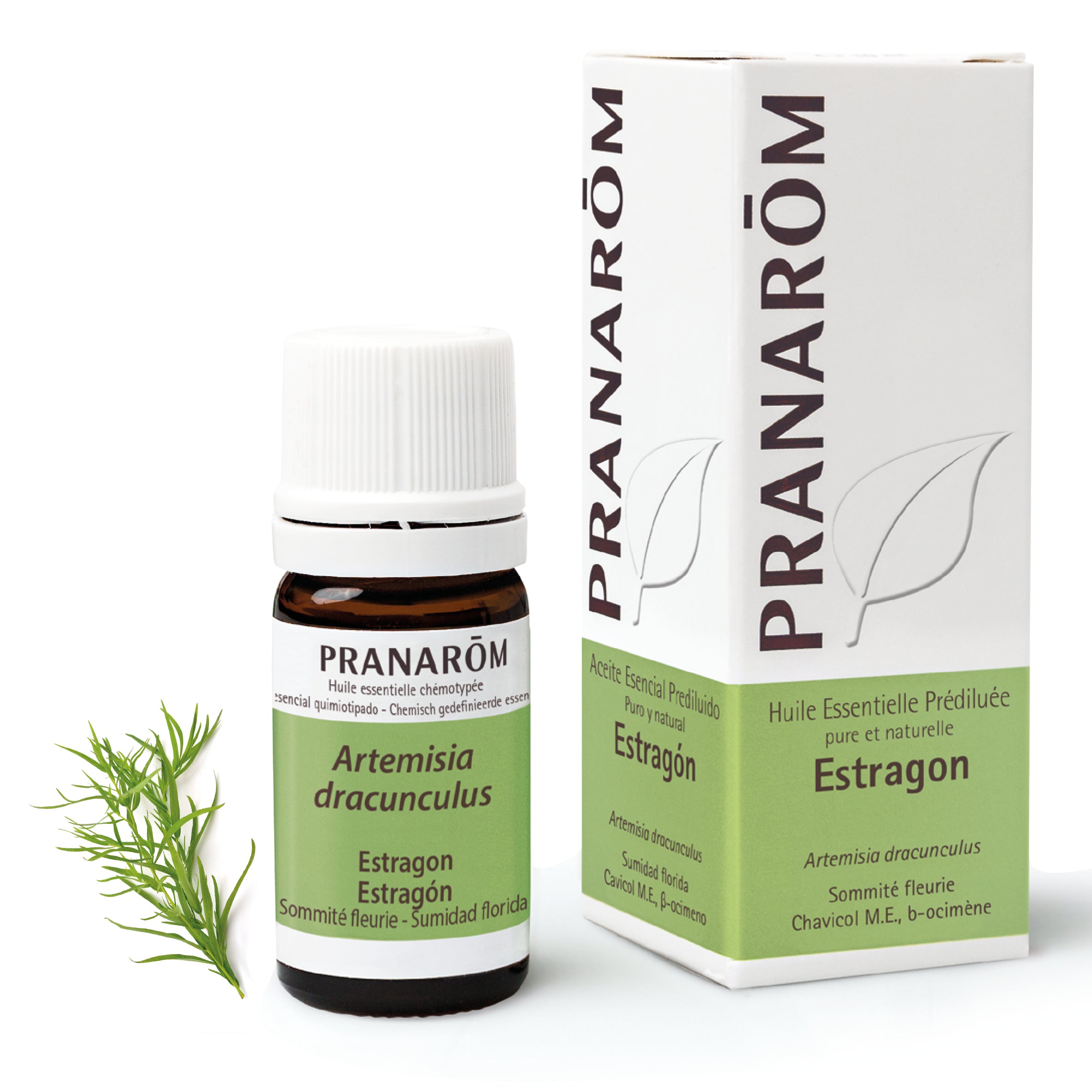Essential Oils with anti-carcinogenic potential? Extensive scientific research highlights the properties of certain Essential Oils
Scientific research on essential oils has a bright future ahead of it!
Abdesselam Zhiri and Dominique Baudoux participated in the 12th International Symposium in Grasse “Aromatherapy and Medicinal Plants”. They presented the results of several studies on the evaluation of the anti-mutagenic and anti-genotoxic activity of Essential Oils.
Through this conference and through the presentation of encouraging results, the opportunity that essential oils would offer in the field of anticancer drugs and in cancer prevention was highlighted. An interesting line of thought which was put forward by the team sponsored by Pranarôm...
For the scientific research enthusiasts among you, discover the summary of this conference in this article.
"The most scientific minds among you can discover the summary of this conference below: genotoxins induce genomic alterations, activate aging processes and initiate carcinogenesis. The positive correlation established between genotoxins and the initiation phase of tumors malignant diseases has aroused the interest of researchers in the field of oncology. From then on, the center of interest of genetic toxicology is no longer only the evaluation of genetic risks but also, and above all, the predictions of the risks of carcinogenesis and particularly the search for anti-mutagenic/anti-genotoxic products or derivatives with anti-carcinogenic effects.
Anti-mutagenesis is a phenomenon of reduction, under the influence of exogenous factors, in the rate of spontaneous mutations and in the frequency of induced mutations. Anti-mutagenic products or substances are in fact substances capable of preventing and/or repairing DNA damage; these substances are often anticarcinogens. Research on the anti-mutagenicity of Essential Oils and their molecules is of great importance in the search for anticancer drugs and/or in the prevention of cancer. The objective of the work of the scientific team.
1 lies in the evaluation of the anti-genotoxic and anti-mutagenic activity of several essential oils and their action on mutagenesis induced by chemical and nuclear mutagens (Urethane, Methyl Methane Sulfonate 'MMS', ultraviolet rays C ' UVC'), UVA activated 8-methoxypsoralen '8-MOP'). Our studies, using the SMART2 test and Ames3 test, clearly show that the Essential Oils studied ( Helichrysum italicum, Ledum groenlandicum, Ravensara aromatica, Cinnamomum camphora Ct. 1,8-cineole, Origanum compactum, Artemisia herba alba, Coriandrum sativum , Cinnamomum Loureirii, Artemisia dracunculus, Laurus nobilis, Ocimum basilicum, Rosmarinus officinallis, Satureja montana, etc.) do not carry genotoxic risks given the absence of mutagenicity 4, 5, 6, 7 at the doses tested. On the contrary, some of them have a very marked anti-genotoxic capacity; they significantly reduce the rate of mutations induced by mutagens. The interaction between cytochrome P-450, fundamental enzymes in the biotransformation of xenobiotics, on the one hand and certain constituents of these oils on the other hand as well as their antioxidant effect, offer a valid explanation of this anti-genotoxic activity of these oils.
We have shown that in Salmonella typhimurium no oil significantly induces histidine reversion mutations whatever the strain, with or without metabolic activation. In the same way, in the yeast Saccharomyces cerevisiae, no oil significantly induces point mutations by reversion of isoleucine-valine, nor intragenic recombination, nor intergenic recombination5, 6. On the other hand, certain Essential Oils appear to be cytotoxic to both S. typhimurium and S. cerevisiae 5. In addition, we have shown that certain oils induce apoptosis in yeast cells following DNA damage by radicals. We hypothesized that agents possessing such characteristics, namely absence of mutagenicity, cellular cytotoxicity due mainly to free radical effects caused by damage to mitochondria and mitochondrial DNA and finally induction of apoptosis and necrosis non-negligible, are likely to exert anti-mutagenic activity.
Indeed, the Essential Oils, Or Artemisia herba alba and Cinnamomum camphora Ct. 1,8-cineole, showed a very clear anti-mutagenic activity by two different mechanisms depending on the mutagenic agent used; these two mechanisms depend mainly on the mutagenic agent, that is to say on the type of lesions induced in the DNA, rather than on the Essential Oil 5, 6.
1 This presentation is the result of several research projects carried out by Pranarom International in collaboration with Belgian, Spanish, French and Moroccan universities. It is a synthesis of three doctoral theses and several publications. 2 SMART Test = Somatic Mutation and Recombination Test. Test for Somatic Mutations and Recombinations of Drosophila melanogaster eyes and wings. 3 Ames Test = Test, invented by Bruce Ames, to determine the mutagenic potential of products. 4 M. Idaomar, R. El Hamss, F. Bakkali, N. Mezzoug, A. Zhiri, D. Baudoux, A. Munoz-Serrano, V. Liemans, A. Alonso-Moraga, Genotoxicity and antigenotoxicity of some essential oils evaluated by wing spot test of Drosophila melanogaster, Mutat. Res. 513 (2002) 61–68. 5 F. Bakkali, S.Averbeck, D.Averbeck, A. Zhiri, M. Idaomar, Cytotoxicity and gene induction by some essential oils in the yeast Saccharomyces cerevisiae, Mutat. Res. 585 (2005) 1–13. 6 F. Bakkali, S. Averbeck, D. Averbeck, A. Zhiri, D. Baudoux, M. Idaomar, Antigenotoxic effects of three essential oils in diploid yeast (Saccharomyces cerevisiae) after treatments with UVC radiation, 8-MOP plus UVA and MMS, Mutat. Res. 606 (2006) 27-38. 7 N. Mezzoug, A. Elhadri, A. Dallouh, S. Amkiss, NS Skali, J. Abrini, Zhiri, D. Baudoux, B. Diallo, M. El Jaziri, M. Idaomar. Investigation of the mutagenic and antimutagenic effects of Origanum compactum essential oil and some of its constituents. Mutation Research 629 (2007) 100–110
Also find the links to the studies relating to this subject which have been published in recent years with the support of the Pranarôm teams:
http://www.ncbi.nlm.nih.gov/pubmed/17383930
Antigenotoxic effects of three essential oils in diploid yeast (Saccharomyces cerevisiae) after treatments with UVC radiation, 8-MOP plus UVA and MMS.
Cytotoxicity and gene induction by some essential oils in the yeast Saccharomyces cerevisiae.
Genotoxicity and antigenotoxicity of some essential oils evaluated by wing spot test of Drosophila melanogaster.








